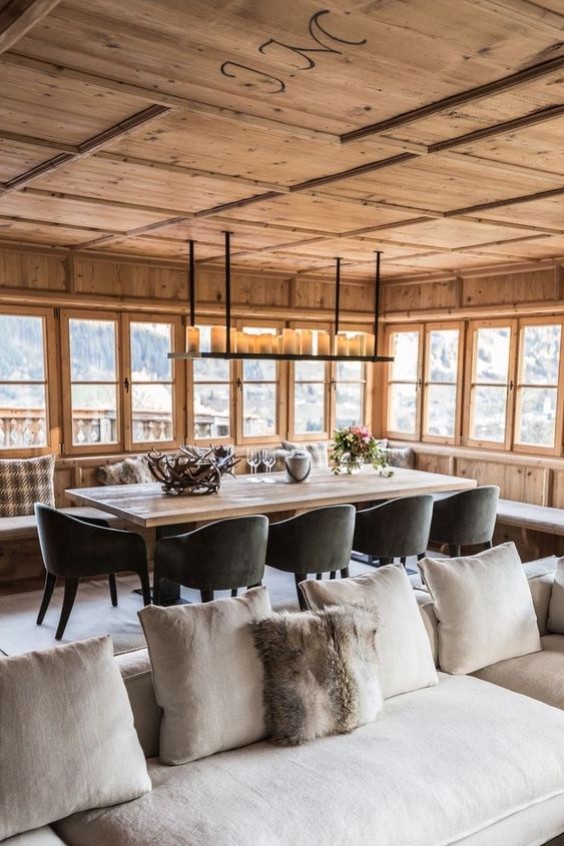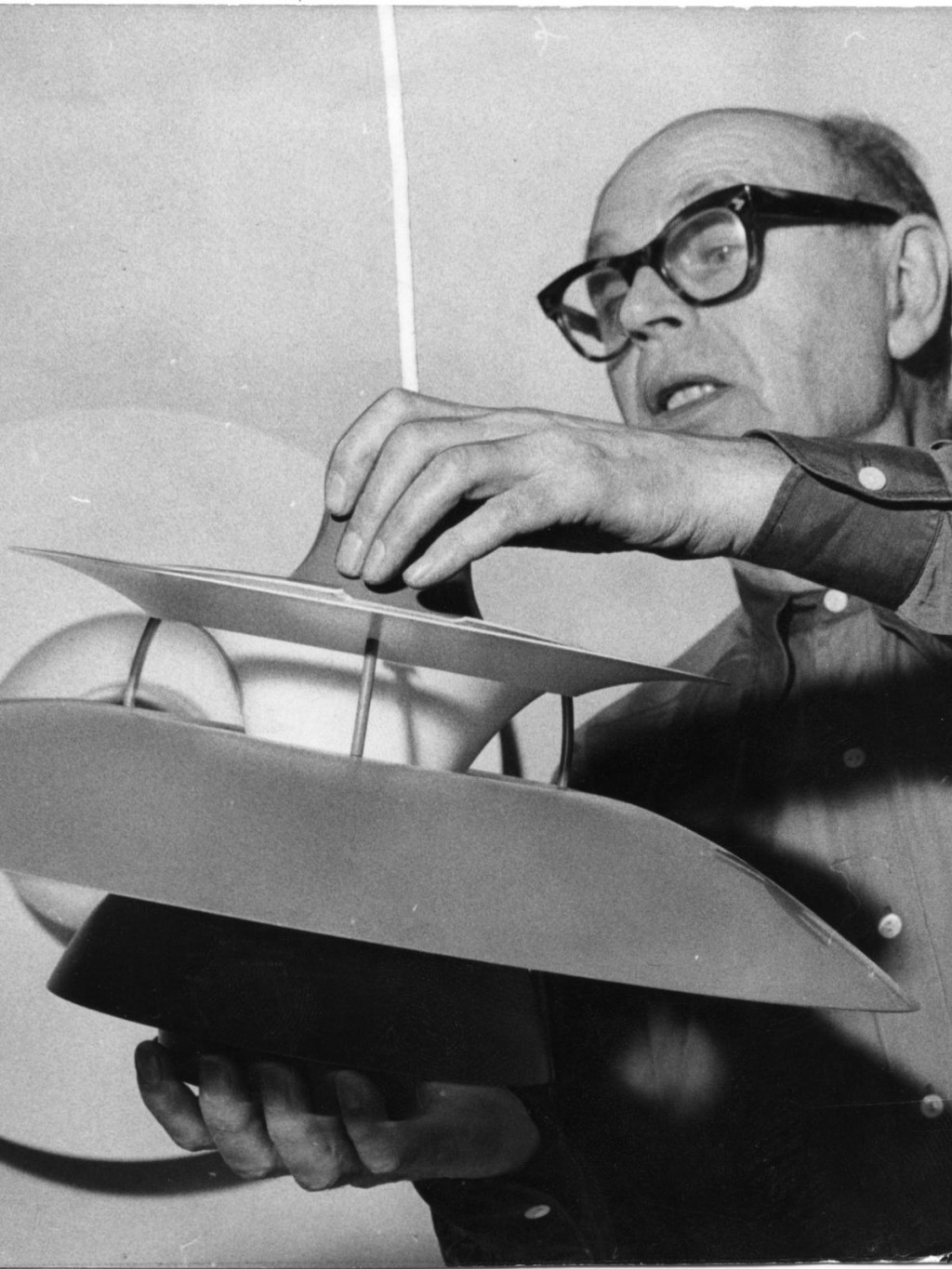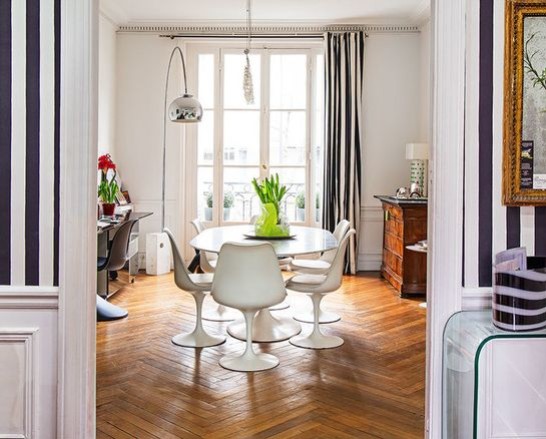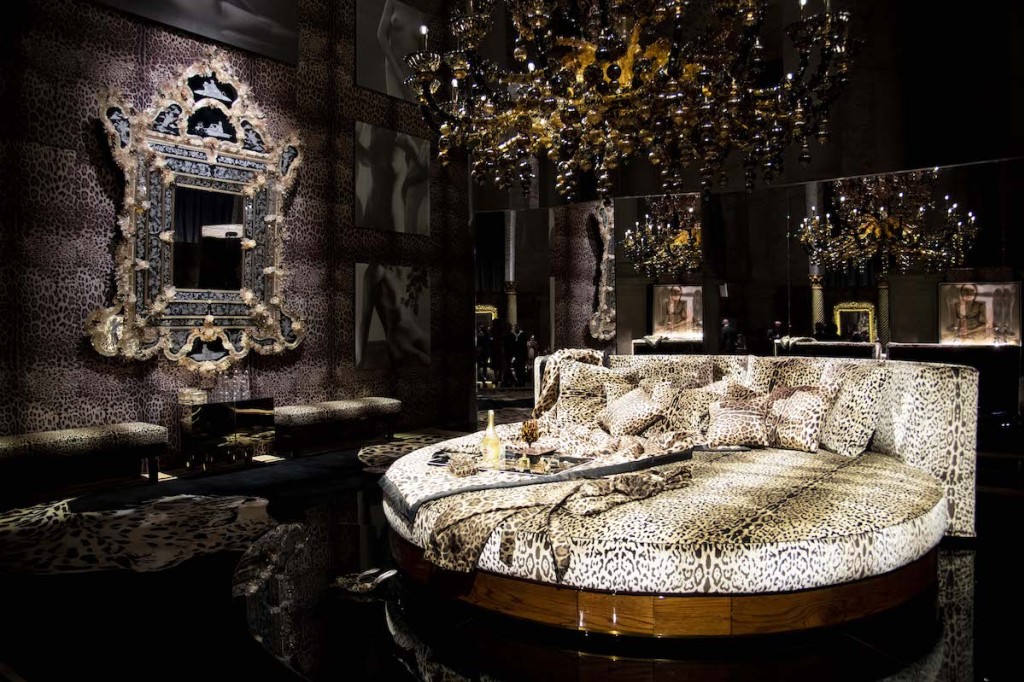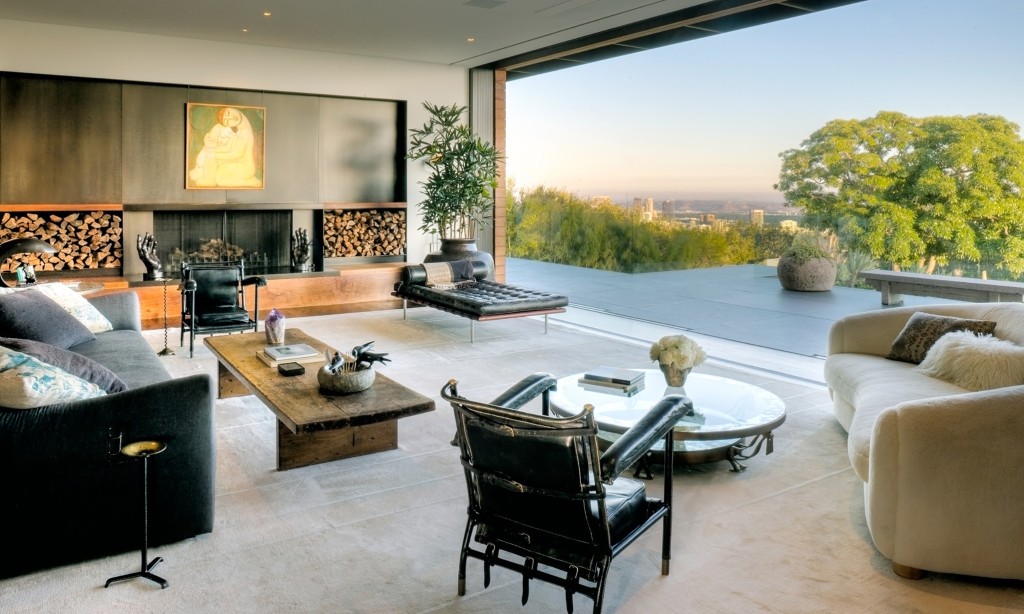In Gordes, a picturesque Vaucluse village perched on its rock, Fidel Chapo carries on the family legacy of his father, Pierre Chapo (1927-1987), a designer and furniture creator. Fidel Chapo has revived the manufacture of furniture designed by his father. With the help of his son Zoran, they are working on a hundred pieces of furniture from the Chapo collection, according to the original models. Numerous informed collectors have ordered re-editions of the furniture created by Pierre Chapo. A prolific creator, he has dedicated his entire life to design with one desire: to create furniture that is functional, aesthetically pleasing and homogeneous, and a common thread: a love of wood. This article looks back at the iconic creations of a designer whose work has been somewhat forgotten by history, yet remains one of the great furniture designers of the 60s to 80s.

Interior of the Chapo Gallery in Gordes, portrait of Pierre Chapo.

Fidel Chapo in the Chapo furniture manufacturing workshop in Gordes, in front of a famous model by his father, Pierre Chapo.
Pierre Chapo was born in 1927 to a family of artisans based in the Parisian neighborhood of Belleville. 10 years later, the Chapo family moved to Vierzon in the Cher region. At first, Pierre Chapo thought he was going to become a painter, but when he met a marine carpenter, Mr. Perrot, he discovered woodworking. He then made the decision to enroll in the Ecole Nationale Supérieure des Beaux-Arts de Paris, architecture section.
In 1956, he did a decisive internship for the architects Lescher and Mahoney in Phoenix, Arizona. He perfected his apprenticeship in cabinet making. In the meantime, Pierre Chapo will have traveled in Central America, Mexico, U.S.A., Canada on board a Ford T. A journey of initiation, as he visits the studio and house of the American architect-designer Frank Lloyd Wright.
Back in France, Pierre Chapo makes his first wooden furniture. In particular, he made the L01 Godot bed, at the request of the famous poet and playwright Samuel Beckett. For the time, this French elm resting bed strikes by the modernity of its clean lines that give it a great elegance, in the image of the design of Charlotte Perriand and Jean Prouvé.

L01 "Godot" bed, design and production Pierre Chapo, 1959. The name of the bed is a nod to the play "Waiting for Godot," by Samuel Beckett. A piece marked by the sobriety of the lines, resolutely modern for the time.

L01 "Godot" bed, detail at a corner, design and execution Pierre Chapo, 1959. Note the combed connection at the corners of the frame, the only decorative element of the furniture. The furniture can be used as a sleeping space, as a bench version or as a daybed.

Pierre Chapo's L 01 daybed, reissued by Chapo SA and made in Chapo's workshop in Gordes, by Pierre Chapo's son and grandson.
In 1958, Pierre Chapo and his wife, Nicole Lormier, opened their own gallery on Boulevard de l'Hôpital in Paris. There they exhibited the cabinetmaker's early furniture and that of other designers Chapo was fond of: Charlotte Perriand and Serge Mouille for the modernity of their pieces, and above all the sculptor and designer Isamu Noguchi (1904-1988), with whom he shared a love of handcrafted woodwork and a taste for an organic design. Chapo set up his manufacturing workshop in Clamart. In 1960, his talent is hailed, he receives the Gold Medal of the city of Paris on the occasion of the Exhibition Arts and Techniques of the Craft.
From the 60s, Pierre Chapo acquires a certain notoriety, he draws and realizes solid wood furniture noticed for their modernity. Some of his creations will become emblematic, among which the S10 chair, remarkable for its alliance of leather and wood, the S24 chair appreciated for its sobriety, the S45 chair or "Chlacc" chair, with its affirmed design. Finally, what can we say about the stylistic exercise Pierre Chapo undertook to design the T22 coffee table "L'œil"? A piece "hunted" by seasoned collectors for the beauty of its curves, one of the few free forms designed by the master cabinetmaker.

Chair/Armchair S10, model Sahara, design: Pierre Chapo for Les Ateliers Chapo, 1964. This chair is one of the designer's "classics". It is composed of an imposing structure in solid elm and a seat in natural leather. The armrests are also made of leather.

Chair/Armchair S10, model Sahara, design: Pierre Chapo for Les Ateliers Chapo, 1964. A subtle alliance of thick leather and solid elm, whose hues blend together, the S10 imposes its elegance. The finish is a simple and natural blend of Linseed oil and turpentine.

Chair/Armchair S10, model Sahara, design: Pierre Chapo for Les Ateliers Chapo, 1964. Pierre Chapo's signature on this piece: the assembly of the wooden pieces is typical of his meticulous work.

Series of chairs model S11, design Pierre Chapo for Les Ateliers Chapo, 1966. The S11 chair borrows some of its technical elements from the S10, such as the nesting and stretched leathers that ensure the solidity of the seat.

Series of chairs model S11, design Pierre Chapo for Les Ateliers Chapo, detail, 1966. For this model, Pierre Chapo sophisticated his technique with interlacing wood made possible by the "48×72" assembly. The chair takes on a true architectural look as a result.

S24 chair, Pierre Chapo design for Ateliers Chapo, 1967. Solid elm chair. Again a work on the assemblies at mid-wood corners, with a deliberate choice for a refined design, since only visible B.T.R screws "decorate" the model. A light and comfortable seat.

T22 "L'oeil" coffee table, design by Pierre Chapo for Seltz publisher, 1972. An arch table with round legs, this seat evokes the shape of an eye, hence its name. The frame is made of solid elm or oak.

T22 "L'oeil" coffee table, design by Pierre Chapo for Seltz publisher, 1972. Note the beauty and elegance of the shapes...

T22 "L'oeil" coffee table, design by Pierre Chapo for Seltz publisher, 1972.Two identical tables can be assembled to make a larger coffee table. The center can be empty or occupied by a tray attached to one of the parts.

T22 "L'oeil" coffee table, design by Pierre Chapo for the Seltz publisher, 1972. This is the version with a single half-moon shaped piece as well as the eye-shaped centerpiece. The independent consoles of the T22 can be arranged according to your wishes and tastes. A vintage design "Must"!"

Chair S45 or "Chlacc", design Pierre Chapo, 1979. This seat is immediately recognizable by the slender line of the backrest. Technically complex to make, the S45 chair leaves a strong sculptural impression.
What about the design developed by Pierre Chapo? It oscillates between the traditional craftsmanship of woodworking and the modernity of rectilinear shapes with rounded or slanted corners. Pierre Chapo's furniture is generally very robust and benefits from a remarkable quality of execution. The work on the nesting in particular, reveals a great precision of gesture. Pierre Chapo's favorite material is solid elm, whose raw grain he likes. He sometimes uses oak, ash or fir. The finish is always very careful, the woods are fed with linseed oil and turpentine.
A gifted designer, Pierre Chapo makes a wide variety of wooden furniture: seats, of course, but also sideboards, storage shelves, desks, benches and sofas, beds, chests of drawers, or even coat racks. In 1967, he moved his production workshop to Gordes, in the Vaucluse, to create the company "CHAPO Gordes S.A." where he continued his work throughout the 1970s.

Solid elm or oak R08 sideboard, design Pierre Chapo, 1964.

Buffet R16, Pierre Chapo design, circa 1969, solid elm piece.

Buffet R16, design Pierre Chapo, circa 1969, detail.

Vintage B17A shelf, Pierre Chapo design, 1972.

Solid elm desk model B19E, Pierre Chapo design, circa 1960. A design made of simple and harmonious forms...

Solid elm desk model B19E, Pierre Chapo design, detail, circa 1960.
Creative, Pierre Chapo is also an outstanding wood technician. In the 1970s, he developed a range of furniture with beam assembly. The base of his creations, in beams, pushes him to deepen his research. The aesthetic result is as good as it gets. Pierre Chapo's design combines the traditional know-how of the cabinetmaker with great technicality to obtain a pure and functional design, with architectural inspiration.

Table T21, beam leg, Pierre Chapo design, 1973.

Pair of S31 stools, beam tripod base, Pierre Chapo design, 1973.

S34 Chairs, Pierre Chapo design. In 1974, Pierre Chapo completes the range of furniture with beam assembly. Asymmetrical, yet perfectly balanced chairs. The offset backrest makes this chair a unique piece.
Affected by Charcot's disease, Pierre Chapo passed away in 1987, barely 60 years old. His exceptional work is remembered and his descendants are now reviving it, to the delight of enlightened design enthusiasts!
François Boutard

